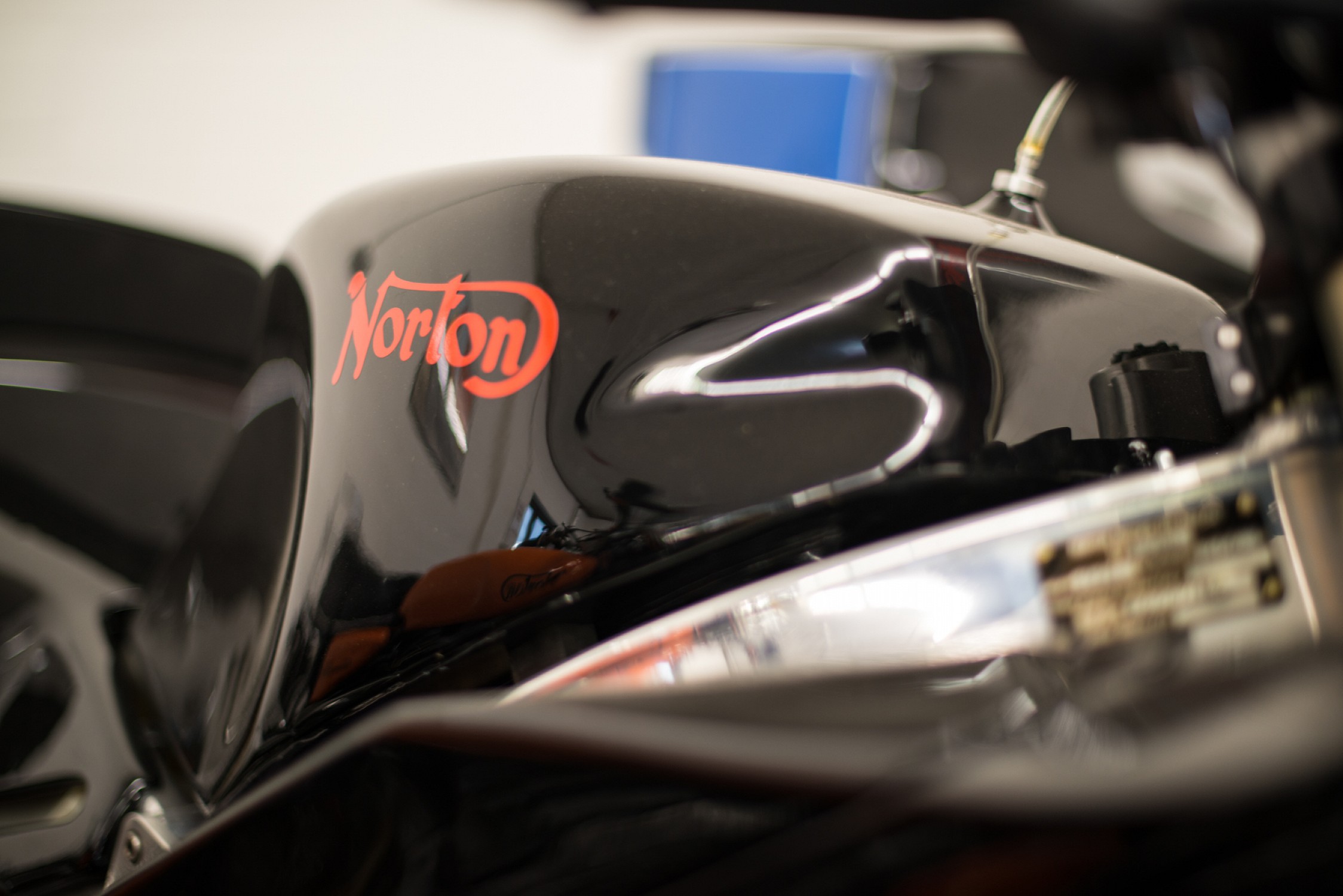- Joined
- May 28, 2003
- Messages
- 2,591
*Not only did I see the article in RH, but I observed the conversation on the forum.
The lack of clarity between when the low pressure system and high pressure system were being rationalized. did not help at all.
Each rocker is actively (loaded) about 40% of the time. So the top gap is extra wide at the top since the rocker is loaded on the bottom against the shaft.
60% no load duration: therefore the oil should flow equally around the shaft during this period.
To me the very simple reason for a flat extension is for an oil reservoir: ( this was offered by Phil Hanam and seemingly rejected by some!)
After a bit of thought , I wholeheartedly agreed for these reasons.
1. It assures an oil quantity on the leading edge of the rocker to be swept under the shaft.
2 Note the flat is directly IN LINE with the diagonal stress axis, which is between the ball end and the valve tip
3. the original HP rockers shafts only had a small hole
4. this was during the early wide rockers THEREFORE the outer aluminum shaft support was short.
5. With such little oiling, I could conceive, when hot, the under oiled rockers would gaul and seize the shafts and ruin the head
Ruined heads from early no flat/small hole HP rocker shafts is occasionally discussed.
The lack of clarity between when the low pressure system and high pressure system were being rationalized. did not help at all.
exaggeration?the hole in the ball end and thus the drilling in the rocker is shut off for a large portion of time in use
Each rocker is actively (loaded) about 40% of the time. So the top gap is extra wide at the top since the rocker is loaded on the bottom against the shaft.
60% no load duration: therefore the oil should flow equally around the shaft during this period.
The rocker spindle flat was extended along the spindle,
To me the very simple reason for a flat extension is for an oil reservoir: ( this was offered by Phil Hanam and seemingly rejected by some!)
After a bit of thought , I wholeheartedly agreed for these reasons.
1. It assures an oil quantity on the leading edge of the rocker to be swept under the shaft.
2 Note the flat is directly IN LINE with the diagonal stress axis, which is between the ball end and the valve tip
3. the original HP rockers shafts only had a small hole
4. this was during the early wide rockers THEREFORE the outer aluminum shaft support was short.
5. With such little oiling, I could conceive, when hot, the under oiled rockers would gaul and seize the shafts and ruin the head
Ruined heads from early no flat/small hole HP rocker shafts is occasionally discussed.

